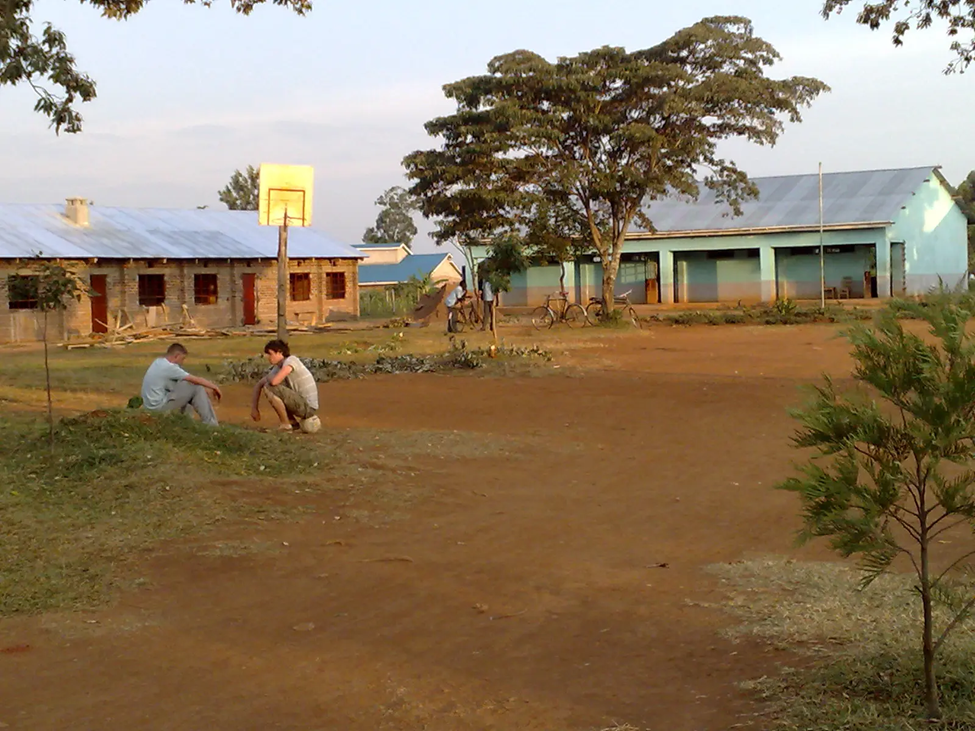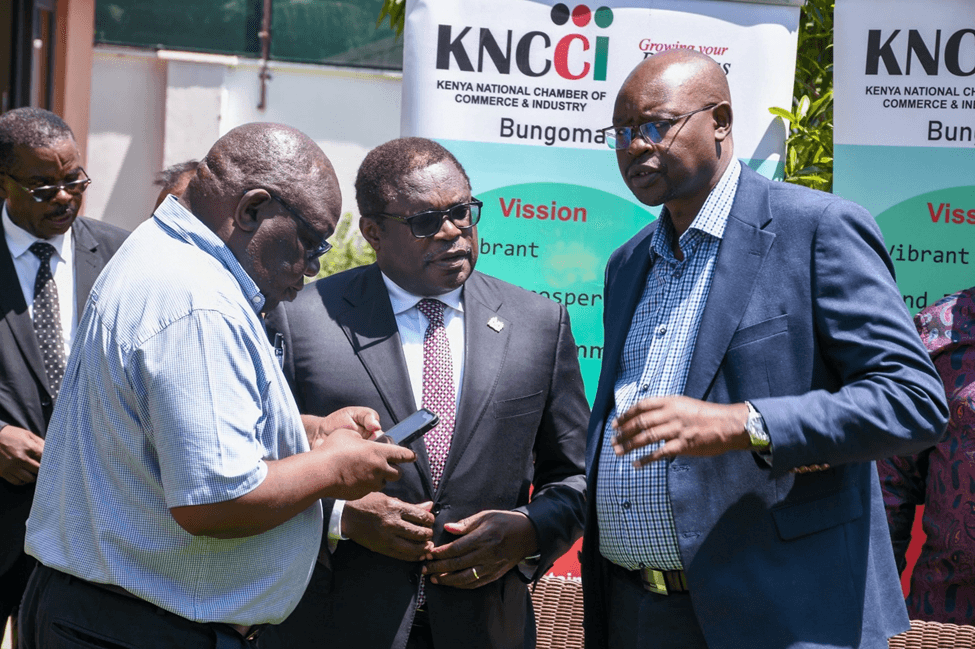Examining How Social Media Impacts Youth Culture Today in Kenya
Social media has become a defining factor in shaping modern youth culture, particularly in Kenya, where mobile technology has transformed how young people interact with the world. Platforms like Facebook, Instagram, TikTok, and Twitter have created new spaces for self-expression, connection, and content creation. This blog explores how social media influences youth culture in Kenya, examining its impact on behavior, trends, and societal norms—both positively and negatively.
The Rise of Fintech in Kenya: Opportunities and Challenges
The Rise of Fintech in Kenya: Opportunities and Challenges Source: Fintech Association of Kenya Kenya has earned global recognition as a hub for financial technology innovation, revolutionizing how people access,…
The Role of Libraries in Promoting Reading Culture Among Kenyan Youth
In recent years, libraries in Kenya have become key players in nurturing a reading culture among the youth, countering challenges like limited access to books and digital distractions. As institutions that offer free access to books, information, and educational resources, libraries have positioned themselves as pivotal spaces in promoting literacy, personal development, and academic success. The Kenyan government, alongside various organizations and community leaders, has recognized the crucial role libraries play in shaping the intellectual and social lives of young people.
The Future of Work in Kenya: Remote vs. Traditional Jobs
The evolution of work is transforming Kenya’s job market as technology and shifting societal dynamics shape new opportunities and challenges. With the rise of remote work fueled by global trends and the increasing demand for traditional roles in local industries, Kenyans are at a crossroads in defining the future of employment. This blog explores the dynamics of remote versus traditional jobs in Kenya, highlighting their benefits, challenges, and the potential impact on the economy and workforce.
Health Reforms Across Kenya’s Counties
Kenya’s healthcare system has long struggled with challenges such as inadequate infrastructure, shortage of medical staff, and limited resources. These issues have created significant barriers to quality healthcare, particularly in rural and underserved areas. In response to these concerns, county governments across Kenya are spearheading reforms to address these gaps and improve healthcare delivery. This article explores the ongoing health sector reforms in Kenya’s counties, focusing on infrastructure improvements, recruitment of medical staff, and the expansion of primary healthcare services.
Kisii County’s Education & Health Woes: A Call for Urgent Reforms
Kisii County, located in the southwestern region of Kenya, is grappling with significant challenges in its education and healthcare sectors. These two critical areas, which are vital for the well-being and development of the county’s residents, have faced years of underinvestment, leading to poor service delivery. The consequences of these struggles are being felt throughout the community, with local leaders and citizens alike calling for urgent reforms to address the issues and improve service quality. This article explores the challenges Kisii County faces in education and healthcare, the reforms being proposed, and the impact these sectors have on the overall development of the region.
Kakamega’s Education Reforms: Building a Stronger Future
Kakamega County, located in western Kenya, is making significant strides to improve its education sector by addressing key challenges such as overcrowded classrooms, underfunded programs, and insufficient infrastructure. With education playing a pivotal role in the region’s development, the county government has committed to making substantial investments in school facilities, teacher capacity, and resource allocation. This article examines the county’s education reforms, the challenges it faces, and how the reforms are expected to impact students and the local community.
Criticism from Catholic Bishops
Kenya’s Catholic bishops have emerged as vocal critics of the government, raising concerns about governance shortcomings, economic policies, and social injustices. Their critique highlights systemic issues, from unfulfilled campaign promises to rising corruption. This blog examines the bishops’ key grievances, their broader implications, and the reforms they advocate for.
Bungoma’s Leadership Divisions: The Struggle for Political Stability and Development
Bungoma County, situated in western Kenya, has recently been experiencing significant political turmoil. The region’s political landscape is marked by divisions and power struggles among local leaders, resulting in delays in the implementation of development projects. These internal conflicts have hindered progress in essential sectors such as infrastructure, healthcare, and education, all of which are critical to the county’s overall development. Despite these challenges, local leaders are now calling for unity and collaboration across political lines to address the pressing issues facing the county and ensure sustainable growth. This article explores the root causes of political instability in Bungoma, its effects on governance, and the efforts being made to restore political harmony for the betterment of the people.
Top Healthcare Innovations of 2024 and Their Impact on Kenya
Healthcare is at the forefront of innovation, and 2024 has been a milestone year, introducing groundbreaking advancements that are transforming patient care across the globe. In Kenya, where healthcare challenges range from access disparities to combating endemic diseases, these innovations are making a profound impact. By integrating cutting-edge technologies like artificial intelligence, advanced diagnostics, and regenerative medicine, Kenya is not only addressing long-standing issues but also paving the way for a healthier, more equitable future. This blog explores the top healthcare innovations of 2024 and examines their potential to revolutionize Kenya’s healthcare system, benefiting both urban and rural populations.















